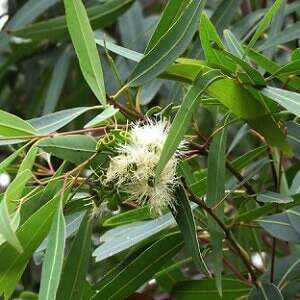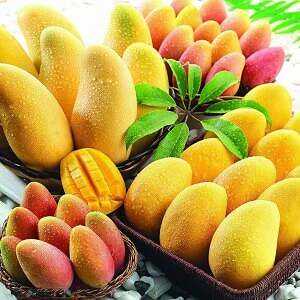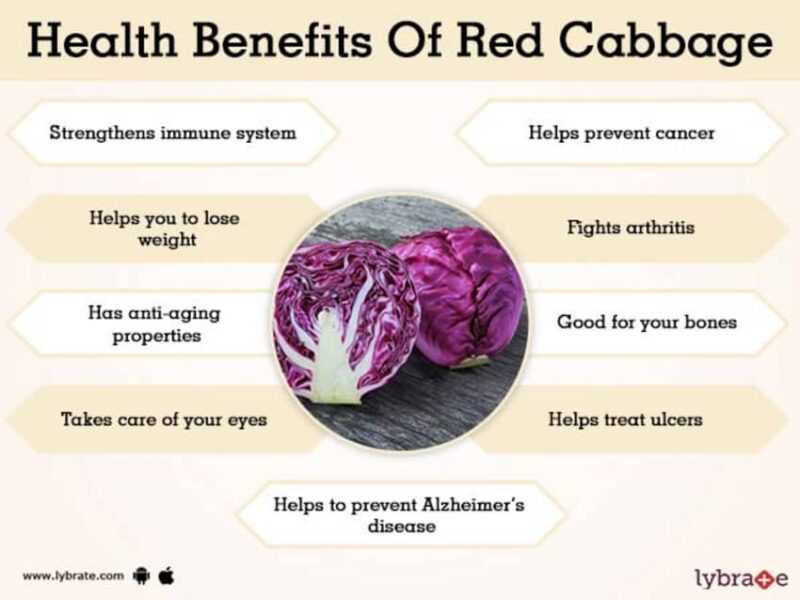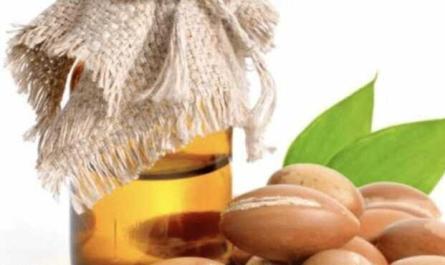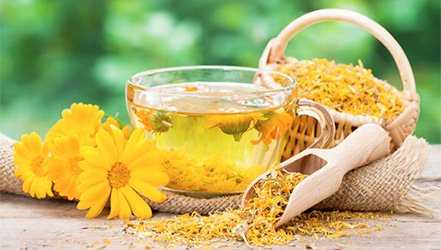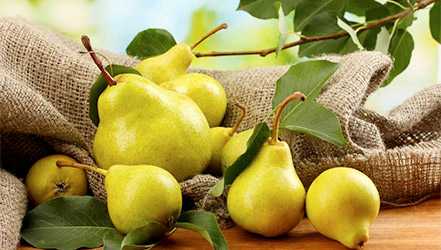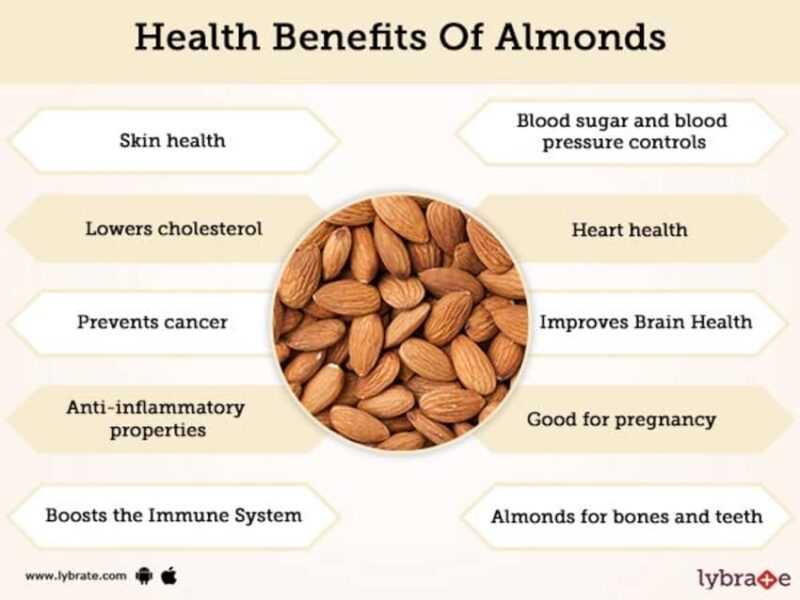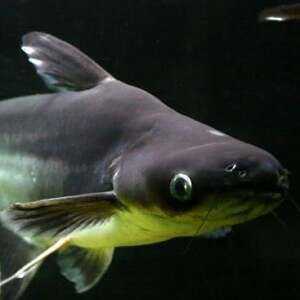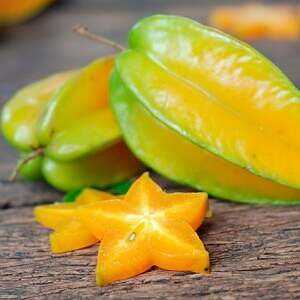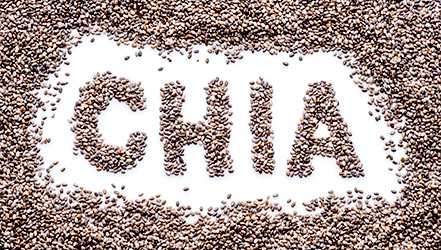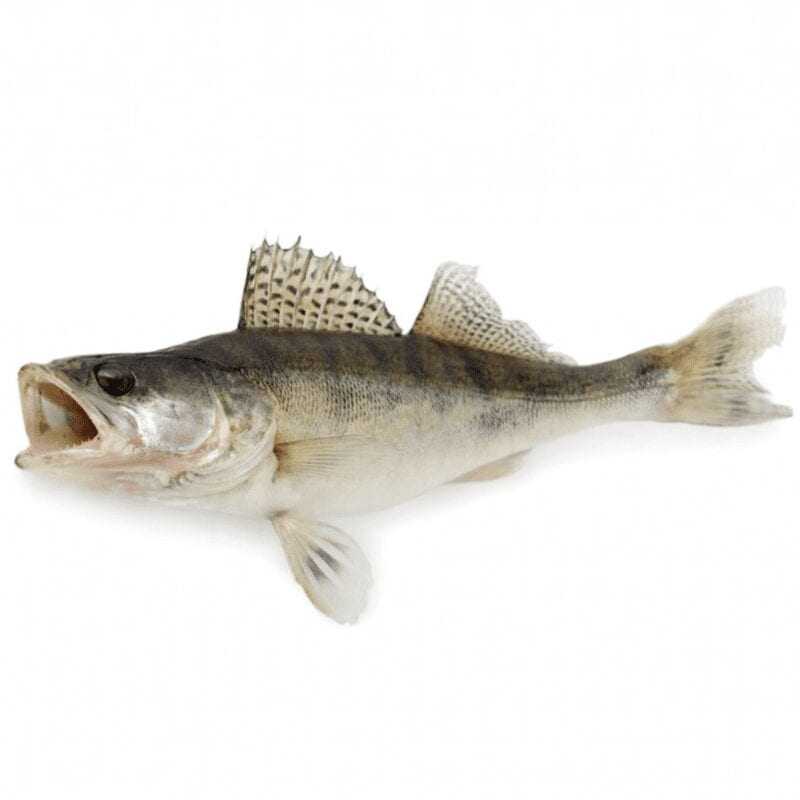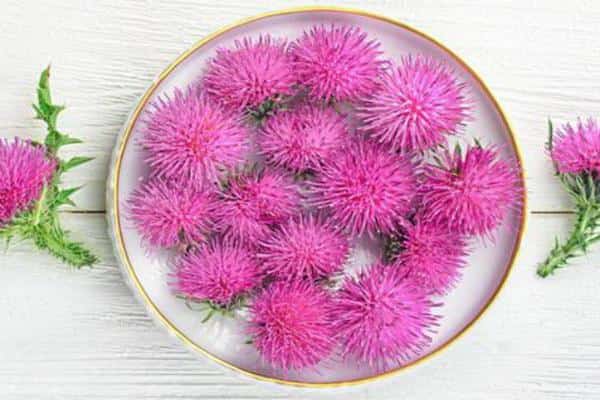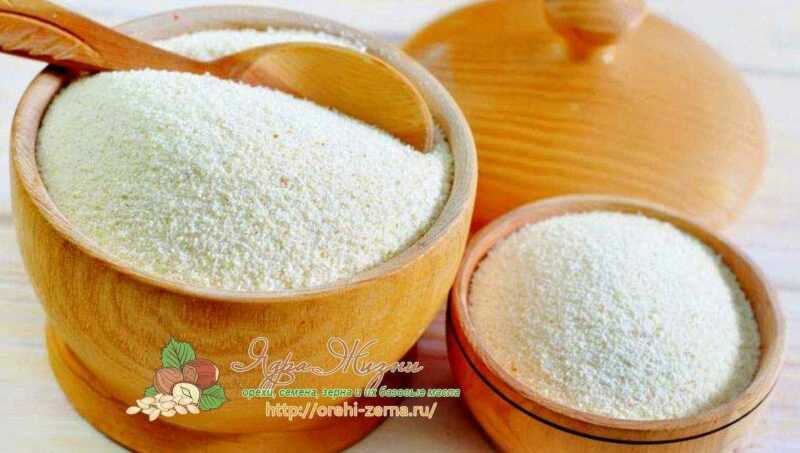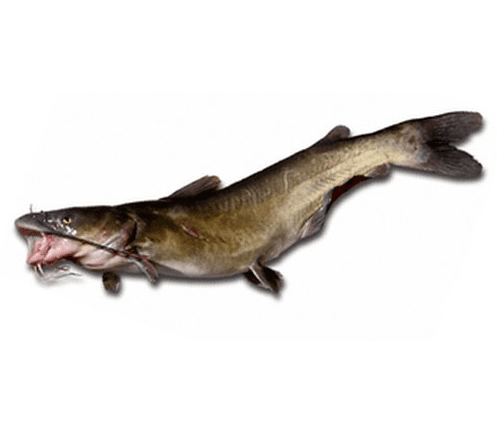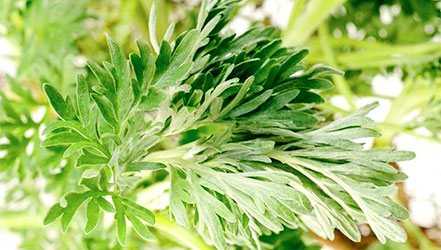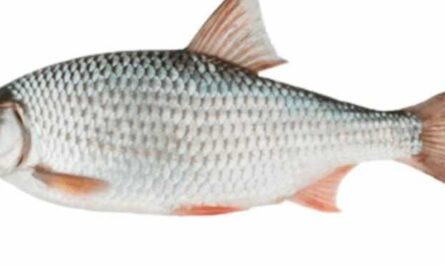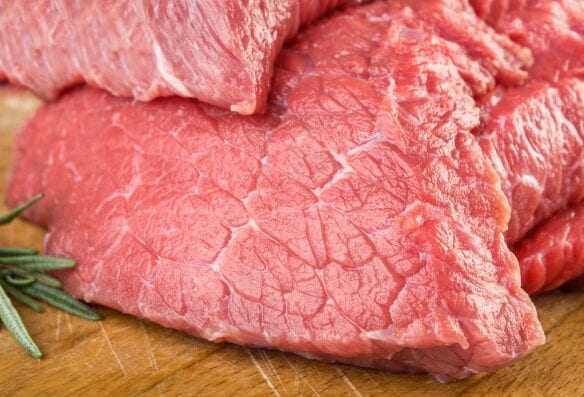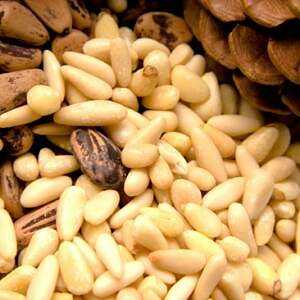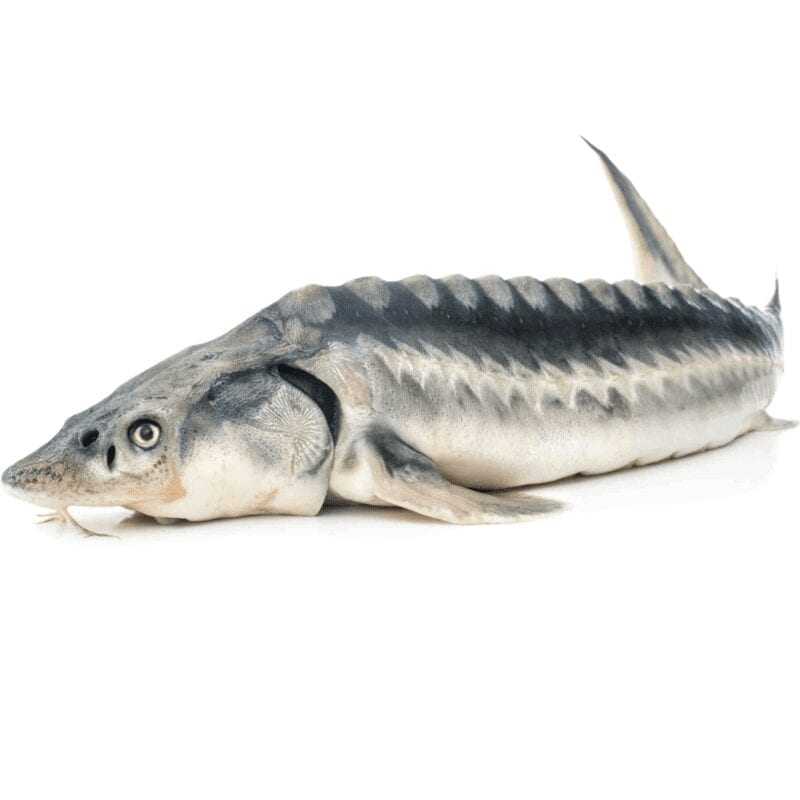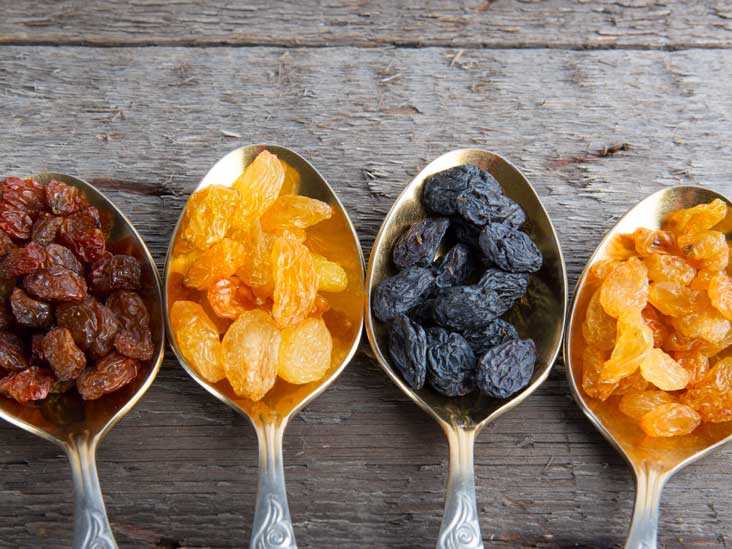Banana is a perennial herb of the banana family. In nature, there are up to 70 types of bananas: from undersized to tall (from 60 cm to 15 m in height). The banana’s pseudo-trunk is strong, thick and short, completely hidden under the ground. The rhizomes, on which giant leaves are spirally located, reach in tall varieties up to 4 m in length and 90 cm in width.
Banana fruits are berries with a leathery shell and juicy pulp, elongated, cylindrical, sickle-curved, faceted, arranged in bunches reaching a mass of 30-50 kg. The fruit has a tasty and sweet, aromatic mealy pulp of whitish-cream color.
The most common garden varieties of bananas are: the banana of the “wise men”, or the Indian banana, up to 10 m high; Chinese banana, or Cavendish banana, it is also called dwarf banana, or Canary banana, up to 2 m high.
The “wise men” banana variety is a food source for millions of people in tropical countries. The Chinese banana variety, which has a smaller fruit mass, is more common due to its good tolerance to cool climates. The paradise banana variety belongs to the group of mealy bananas, it is also called dessert banana. The fruits of this banana are very rich in starch, but they taste unsweetened. Most often they are used boiled, baked or used to make flour.
Banana is one of the first plants cultivated by humans. It is believed that all of its edible species originated from the pointed banana, which is native to Southeast Asia.
You should know that bananas ripening on a tree do not gain the necessary taste and aroma, but lose them. The peel of the fruit cracks and the pulp is easily affected by diseases. Therefore, the fruits are removed immature. Purchased bananas should be stored in a cool – 10-12 ° C place, but not in the refrigerator. Greenish fruits are stored at higher temperatures. The bunches of fruit are hung up, not kept in plastic bags.
The pulp of the fruit contains up to 80% water, fiber, pectin substances that improve digestion, starch (7-20%), which, when ripe, turns into sugar, proteins – up to 1,3%, carbohydrates – up to 25% (mainly sucrose ), malic acid, tannins and aromatic substances, enzymes, vitamins C, B1, B2, B6, PP, provitamin A, catecholamines. In terms of vitamin C content, bananas are not inferior to some citrus fruits: in ripe fruits per 100 g of pulp, there are 8 to 12 mg of this vitamin.
Bananas contain calcium, magnesium, sodium, phosphorus, iron and a lot of potassium. The aroma of fresh fruits depends on the presence of esters in their pulp.
For the population of many countries, bananas are the most important food that replaces bread, meat, potatoes and other products. They are eaten fresh and processed. Ripe fresh fruits are used as a dessert, unripe – as a vegetable dish. Flour and jam, jelly and marmalade, syrups and wines, coffee substitute are made from the pulp of banana fruit. They are fried and baked, boiled in oil, dried in the sun and smoked.
In the tropics, green leaves, trunks, rhizomes, fruit peels and the fruits themselves are used as feed for cattle, elephants, and pigs. Fresh and dried banana leaves are used instead of wrapping paper, plates, and rough paper, ropes, mats, fishing tackle are made from the fiber of the leaves.
Medicinal uses of bananas
* In terms of the content of various and easily assimilated by the human body, sugary nutrients and mineral salts, as well as the presence of a wide range of vitamins, bananas are one of the most valuable fruit plants that are increasingly used in medical practice.
* Eating 1-2 bananas a day has a steady tonic effect: it improves mood, concentration and performance, reduces fatigue, and cleanses the body.
* To gain weight, increase muscle mass, you should eat bananas daily. Sports doctors who work with wrestlers, soccer players, and weightlifters recommend that they consume this fruit regularly.
Bananas, like rice, play an important role in the specific diet of Japanese sumo wrestlers.
* Bananas, as a source of potassium and magnesium salts, are prescribed on fasting days to patients with atherosclerosis and hypertension, if they do not tolerate hunger.
* Bananas are useful for nephritis and liver diseases, for urolithiasis, for dialedetic bleeding and
stomatitis.
* For gastrointestinal diseases, banana fruits are recommended as a mild laxative.
* Fruit pulp contains important physiologically active substances – catecholamines: dopamine, serotonin, norepinephrine. Thanks to these substances, bananas are successfully used in the treatment of intestinal diseases and peptic ulcers of the stomach and duodenum. For children with gastrointestinal diseases, chopped banana fruits are an effective remedy.
* Bananas are prescribed for diarrhea, enteritis, diverticulitis and ulcerative colitis.
* Banana juice has a positive therapeutic effect in case of hemorrhages in the stomach and duodenum, with cholera and dysentery.
* Bananas contain the tonic ephedrine, which slightly raises blood pressure, stimulates the central nervous system, increases blood sugar and has an antispasmodic effect on the broncho-pulmonary muscles.
* Avicenna also wrote that bananas help as a remedy for impotence.
* For allergies, a banana diet is prescribed, which is good for treating celiac disease – an allergy to the gluten in some grains, usually found in young children. Up to 10 bananas a day is a diet. However, when treating a small child with this condition, you should definitely consult a doctor.
* Bananas have sedative properties. The juice from the stems of the plant is used as a sedative and anticonvulsant for hysteria and epilepsy. These properties of bananas have received scientific confirmation.
* Unripe bananas are crushed, dried, then applied to diabetic leg ulcers.
* Banana peel also has healing properties:
– A compress from a ripe banana peel is applied to the forehead and back of the head to relieve migraine pain;
– a decoction of green fresh peel is used as a remedy for hypertension;
– the inner surface of the peel of a ripe banana is applied to burns, rashes, abscesses;
– there is a method of getting rid of plantar warts, confirmed by clinical studies: the banana peel is tied to the sole, the inner side to the wart; when washing the feet, it is removed and then replaced with a fresh one. This method requires long-term treatment, but gives good results.
ATTENTION!
• The daily consumption of bananas depends on the general condition of organisms; it is not the same for various diseases. For medicinal purposes, these fruits should be consumed in dosage and only under the supervision of a physician. Bananas are quite heavy food, they digest slowly, produce gas in the intestines and make it difficult for bile to drain. They must be chewed thoroughly and eaten in small portions. Bananas should not be eaten on an empty stomach and washed down with water.
• Bananas increase the thickness of the blood, so they are contraindicated in thrombophlebitis, varicose veins, as well as in people who have had heart attacks and strokes.
• Bananas and banana juice should not be eaten if gastric acid is too acidic.
• In diabetes, the consumption of ripe banana fruit should also be limited. But for diabetics, unripe and boiled fruits are good food, and a ripe banana helps with a hypoglycemic attack.
